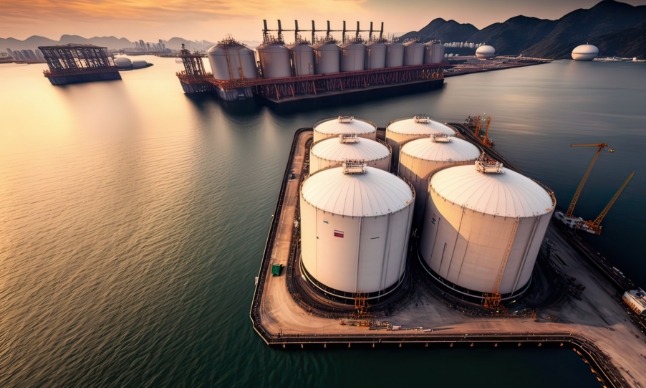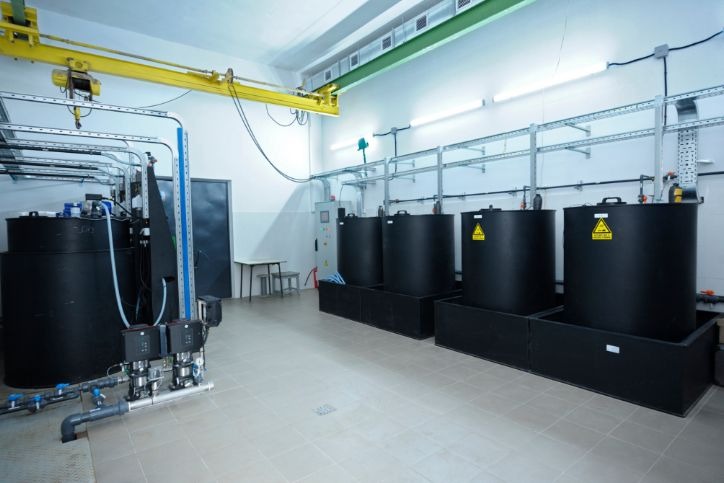Call Us: 1.800.275.3453
Request a QuoteCall Us: 1.800.275.3453
Request a Quote
In this Article:
Any business or manufacturer that uses, stores or transports large amounts of hazardous or chemical liquids needs a containment solution to meet federal safety and environmental protection regulations. This need spans across industries and affects businesses depending on what liquid is used, where it is stored, and what it is used for. Regulations vary as certain liquids or materials cause more harm than others if a spill occurs.
This makes understanding the difference between secondary and spill containment so critical. A spill containment solution may provide enough protection for liquids in preventing against environmental damage. With hazardous chemicals or waste requiring a constant secondary containment solution to prevent damage and protect the environment.
The Environmental Protection Agency (EPA) determines the requirements and federal regulations for preventing damage and protecting the environment against chemical or hazardous spills. According to regulations, what secondary containment looks like may vary. However, what secondary containment needs to do is abundantly clear. Secondary containment must hold the entire volume of liquids or materials should the primary container spill or fail.
The most common types of secondary containment include:

The act of stopping a spill is spill containment. The objective of spill containment is to stop the spill from spreading. Less damage occurs the faster a spill is contained and cleaned up. Quick spill containment increases worker and jobsite safety, prevents environmental damage, and protects against wasted resources.
Remember that spill containment is part of spill response. Spill response plans often contain different types of spill containment to address different types of spills. Common types of spill containment include:
Protect your business, your resources and your worksite with the right containment solution. Polystar Containment’s staff of containment solution experts help you choose the right solution for your industry and needs.
Browse our collection of products or contact us to learn more about Polystar Containment’s secondary containment and spill prevention systems.
In addition, please feel free to browse our other expert resources and insights for staying compliant with secondary containment:
